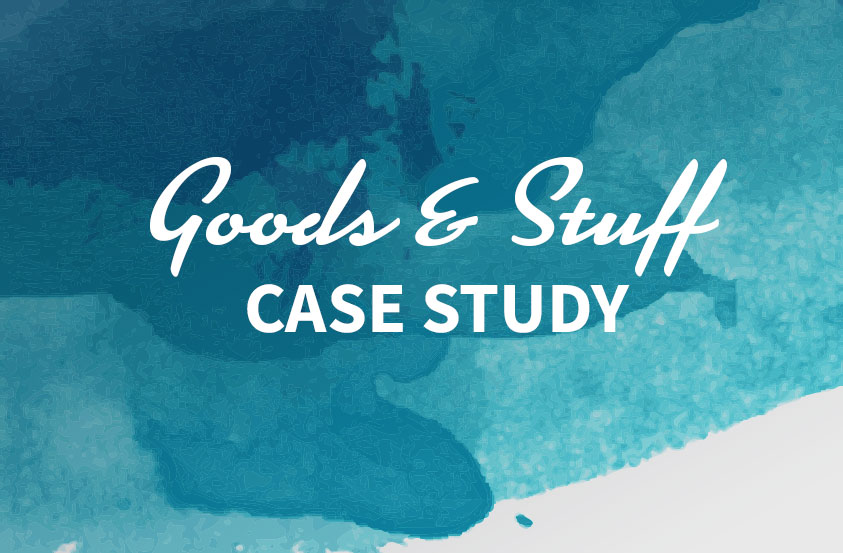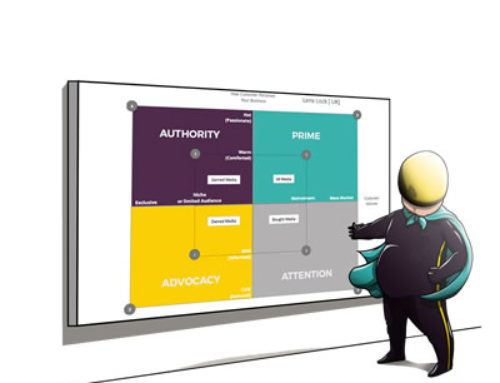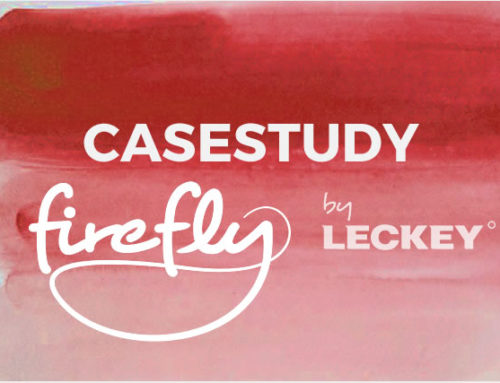
Who
‘Goods & Stuff’ are a catering supply company based in Ireland. (Company name has been changed in the interest of commercial sensitivities.)
The Challenge
Goods & Stuff found themselves under threat from a new market entrant, who until now had been growing rapidly in a neighboring territory. This competitor had a brand new, state of the art website which they pinpointed as the reason for their rapid growth and why they are a potential disruption to their own market. They hired a web designer and commissioned a website to a similar specification of that of the competitors in order to combat their force within the market.
Goods & Stuff new website uses the identical technology to that of their competitor, as well as the design, however it was not long before they realised their efforts were not stopping the competitor in their tracks.
Working with Ionology
Goods & Stuff approached Ionology to help them diagnose the cause of problem they were facing, to understand why their tactics up to now had not been working.
Using Ionology’s Digital Transformation Framework, the 7 Principles of Digital Business Strategy, Ionology assisted Goods & Stuff in examining their own competitive advantage when compared to that of the new competitor.
They don’t get beyond the home page of their new market entrant before questions start to emerge.
The answer to all of these questions was no. Goods & Stuff had a fleet of vans that travel a delivery route once or twice a week, they offered a 7 day returns policy, they stock around 2000 products and most of their sales are made via sales representatives on the road.
Diagnosis
These two businesses were vastly different. Goods & Stuff was coming from a world of face-to-face selling, with 21 sales representatives on the road, while the competitor is coming from a world of catalog sales. The competitor has momentum that could easily be swung in the direction of online sales, and was investing millions because that is its route to market. Goods & Stuff was hoping to invest perhaps $20,000-30,000 to procure a marketing executive, and compete at the same level. The reality is that this strategy was doomed. Goods & Stuff needed to transform.
They had two options.
Option 1
Look at disassembling its transport logistics systems and switching to something more efficient. Adjust its customer returns policy to something that aligns better with the market. Increase the number of products it stocks, and switch to online-only sales. It must decide if it’s going to supply retail and wholesale at the same time and not in some disguised half hearted two brands (one for retail, one for wholesale) way.
Option 2
Look at a different model entirely, which leverages the advantages of having 21 salespeople on the road compared to the competitor’s none. The competitor is having to send out catalogs, while Goods & Stuff can provide solution selling. The competitor has call centers, while Goods & Stuff has face-to-face relationships.
The differences between Goods & Stuff and their competitor may initially be seen as an Achilles heel, but when we looked at the two options, we see that they can be turned into advantages if leveraged correctly. Attempting to compete via option 1 was going to be too costly and unlikely to succeed, given the head start of the competitor.
The Outcome
Goods & Stuff embraced this strategic analysis and created their new business strategy around leveraging their own advantages to overcome that of the competitors. This strategic move brought about changes to the alignment and culture of the business, and Ionology’s Digital Transformation framework saved the organisation following the path of option 1 and a costly defeat.

